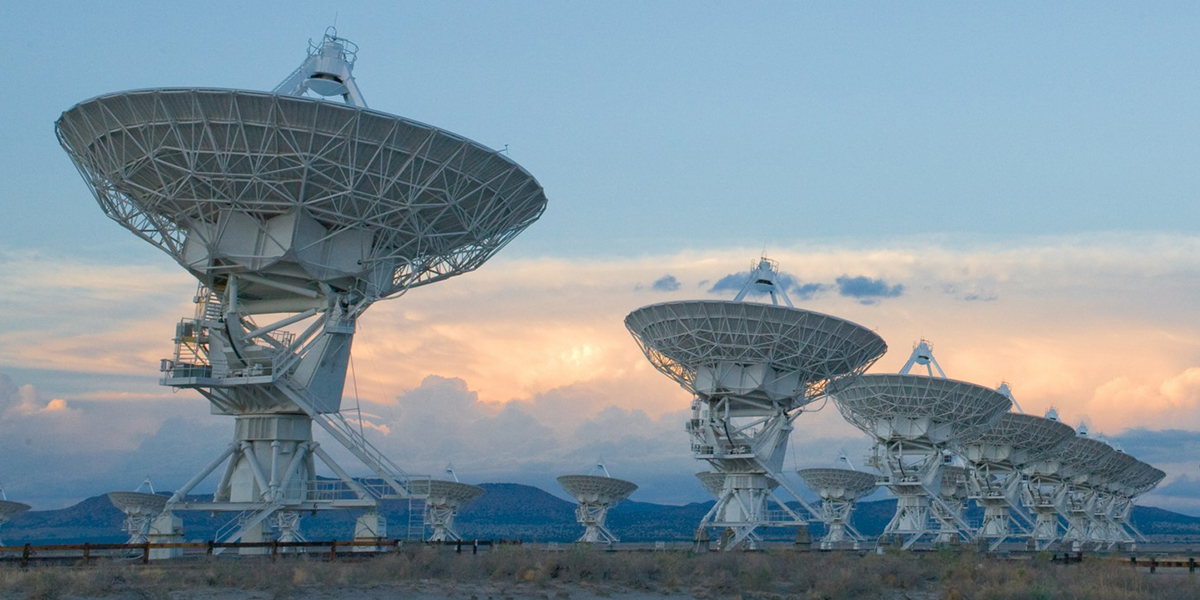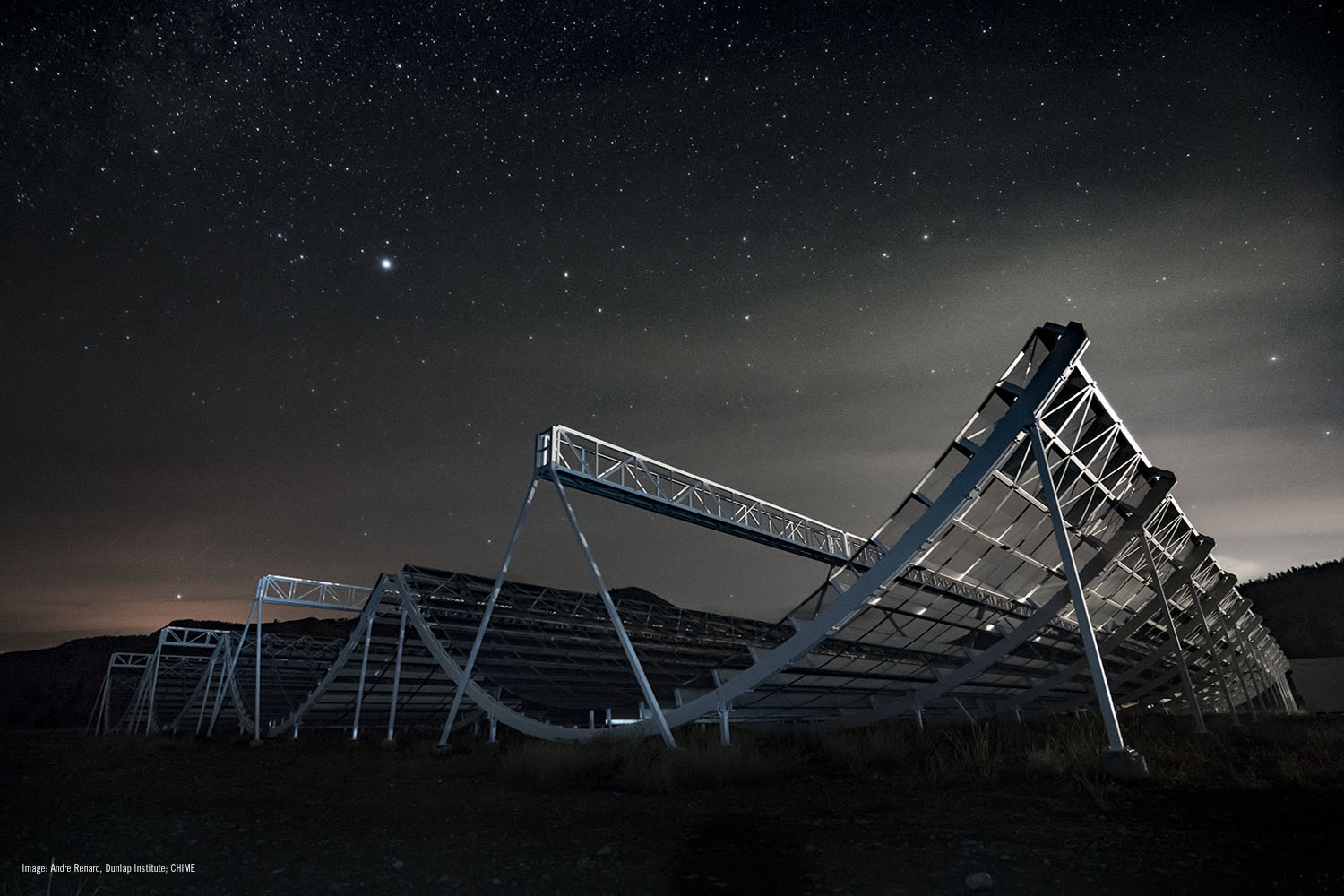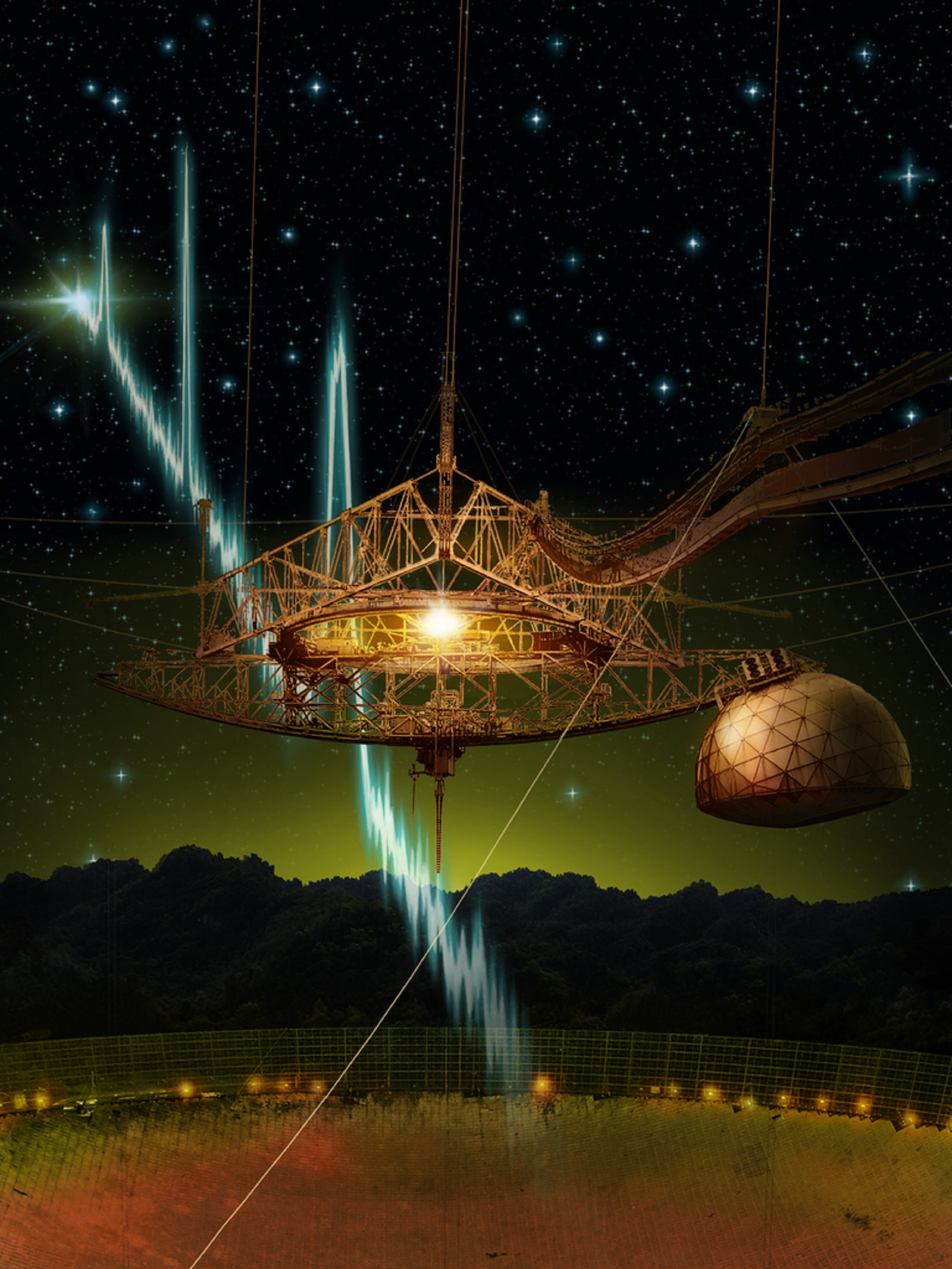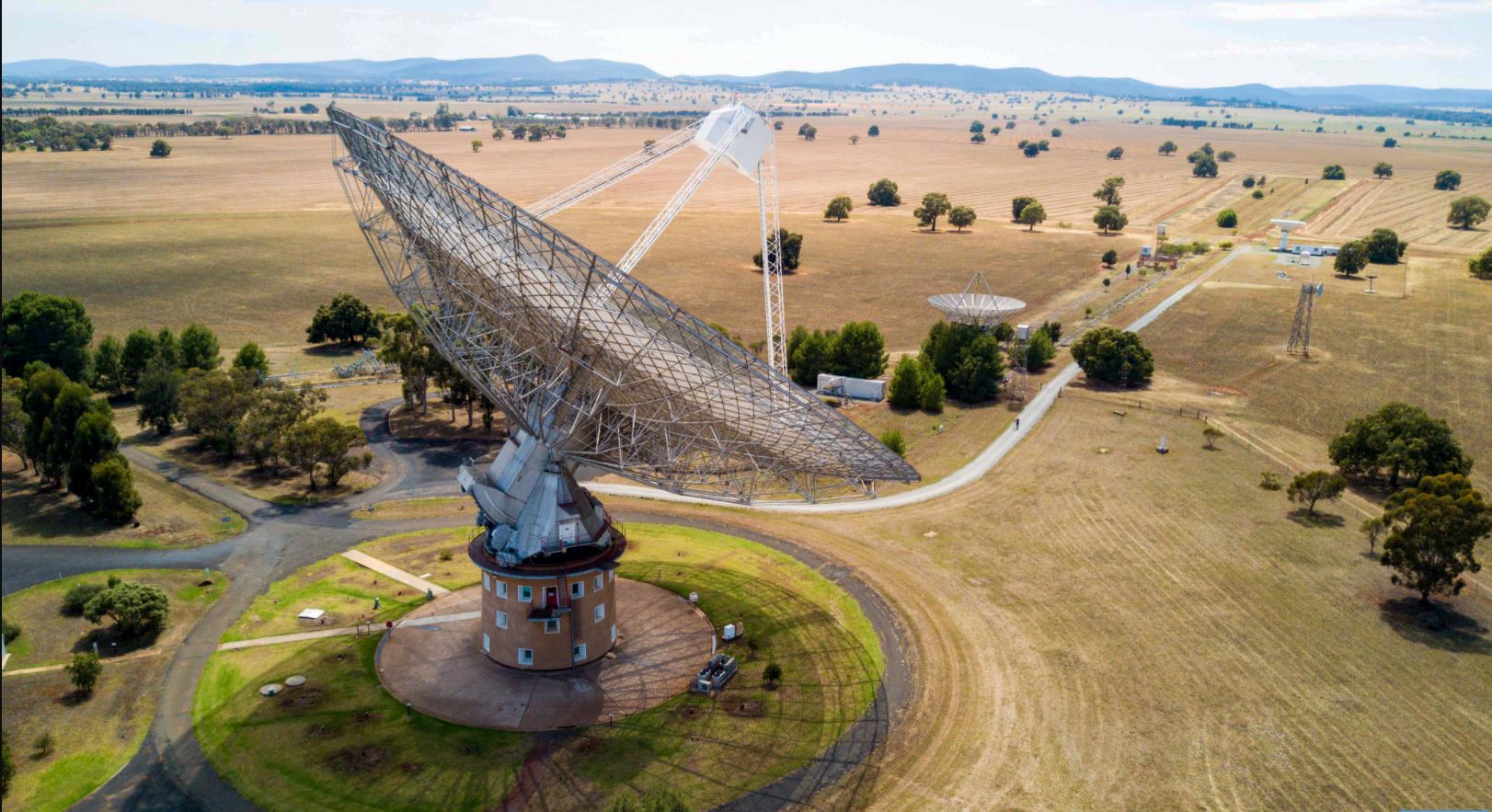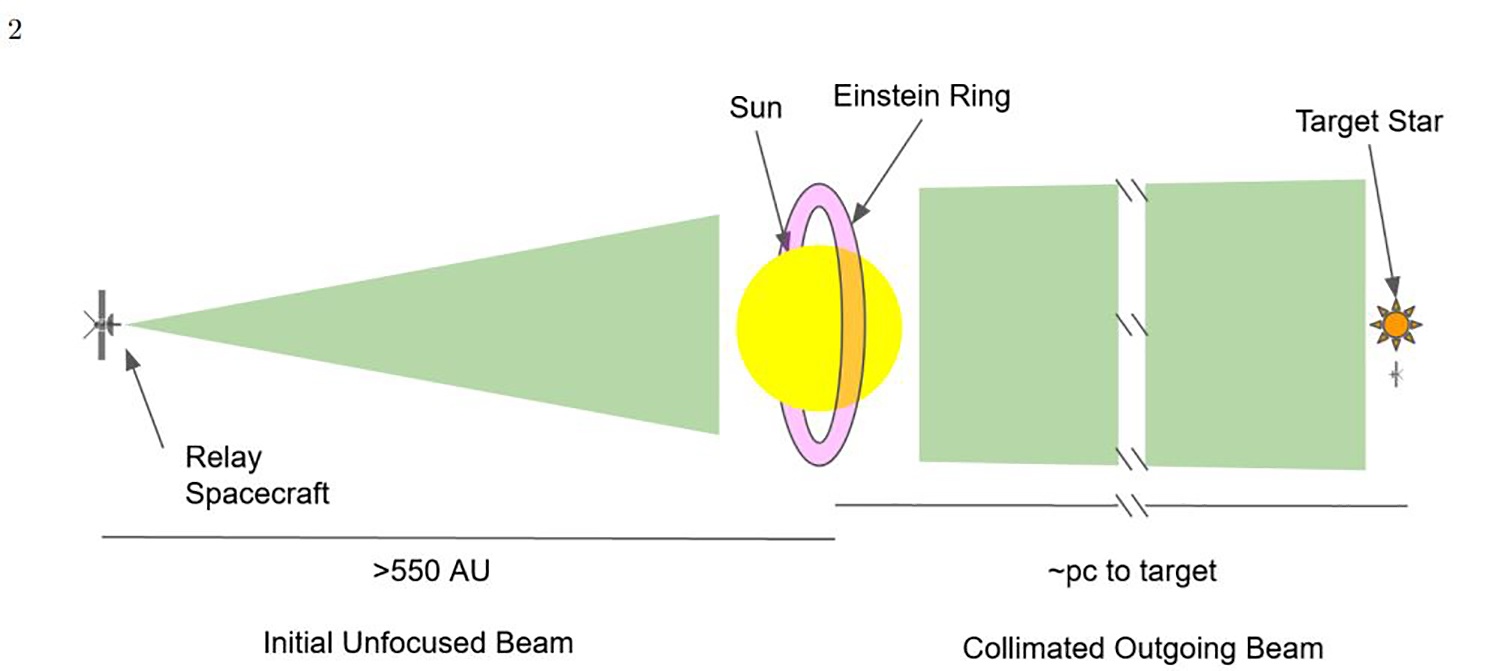On February 14th, 2020, the SETI Insitute and the National Radio Astronomy Observatory (NRAO) announced a new partnership, which they appropriately named the Commensal Open-Source Multimode Interferometer Cluster Search for Extraterrestrial Intelligence (COSMIC SETI). This partnership will allow the Karl G. Jansky Very Large Array (VLA) to participate in the Search for Extraterrestrial Intelligence (SETI) for the first time in its history.
In recent weeks, the project took a big step forward with the installation of fiber optic amplifiers and splitters on all VLA antennas, which give COSMIC access to the data streams from the entire VLA. Once this digital backend is online, COSMIC will have access to all data provided by the VLAs 27 radio antennas, which will be able to conduct observations 24/7. In the process, COSMIC SETI will examine around 40 million stars in the Milky Way for possible signs of intelligent life.
Continue reading “SETI Researchers can now Scan all Data at the Very Large Array for any Evidence of Alien Transmissions”
